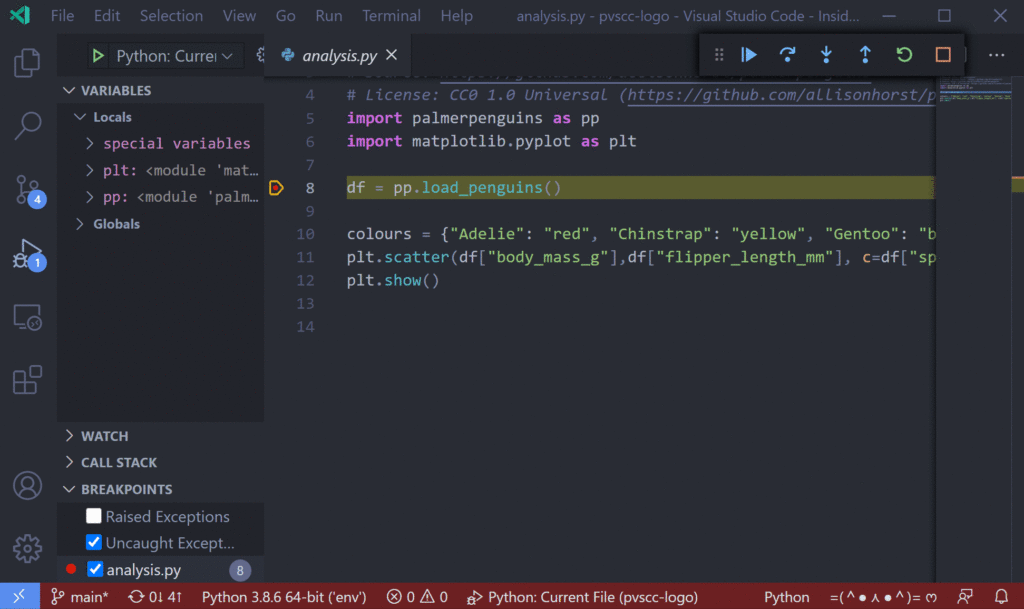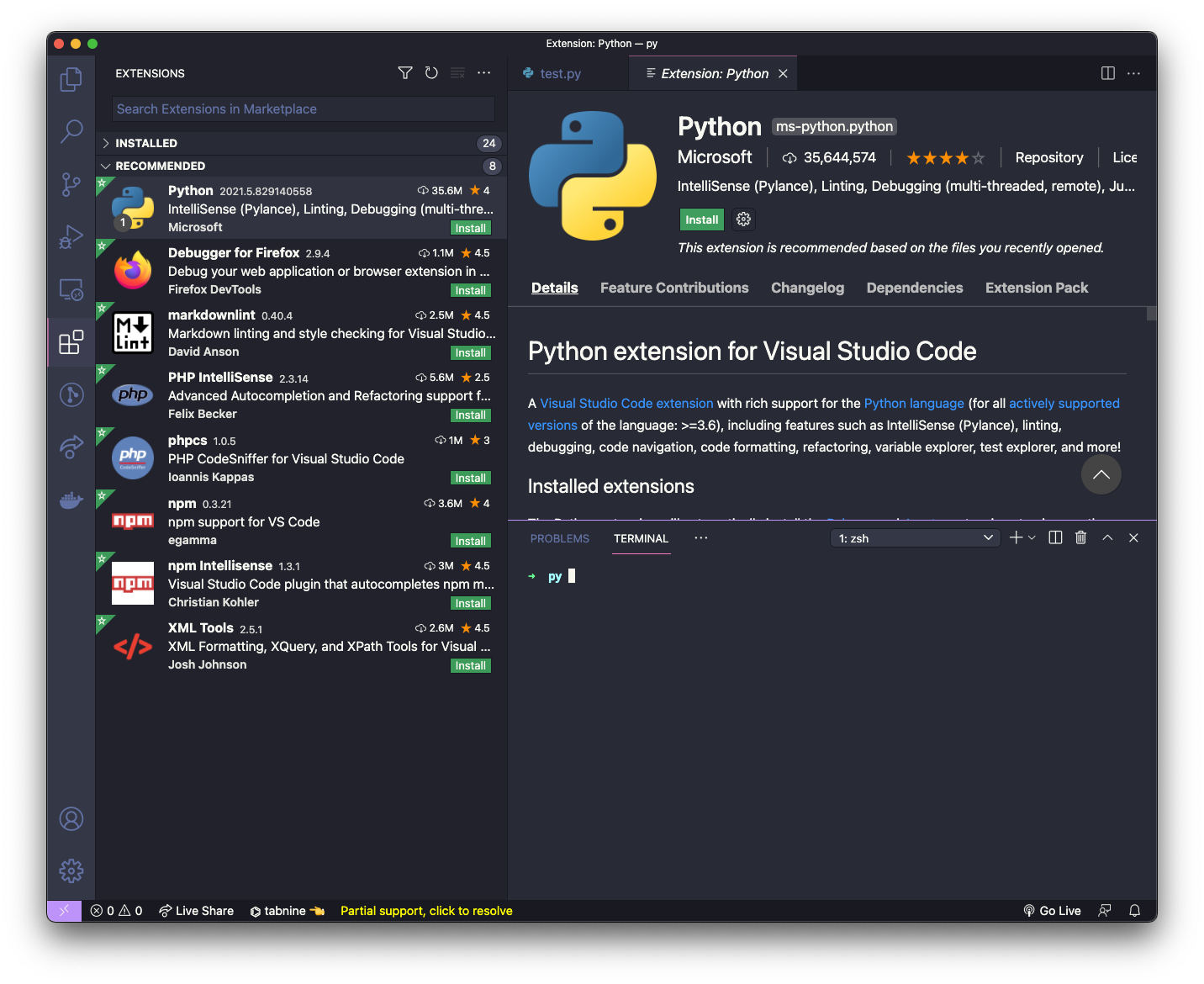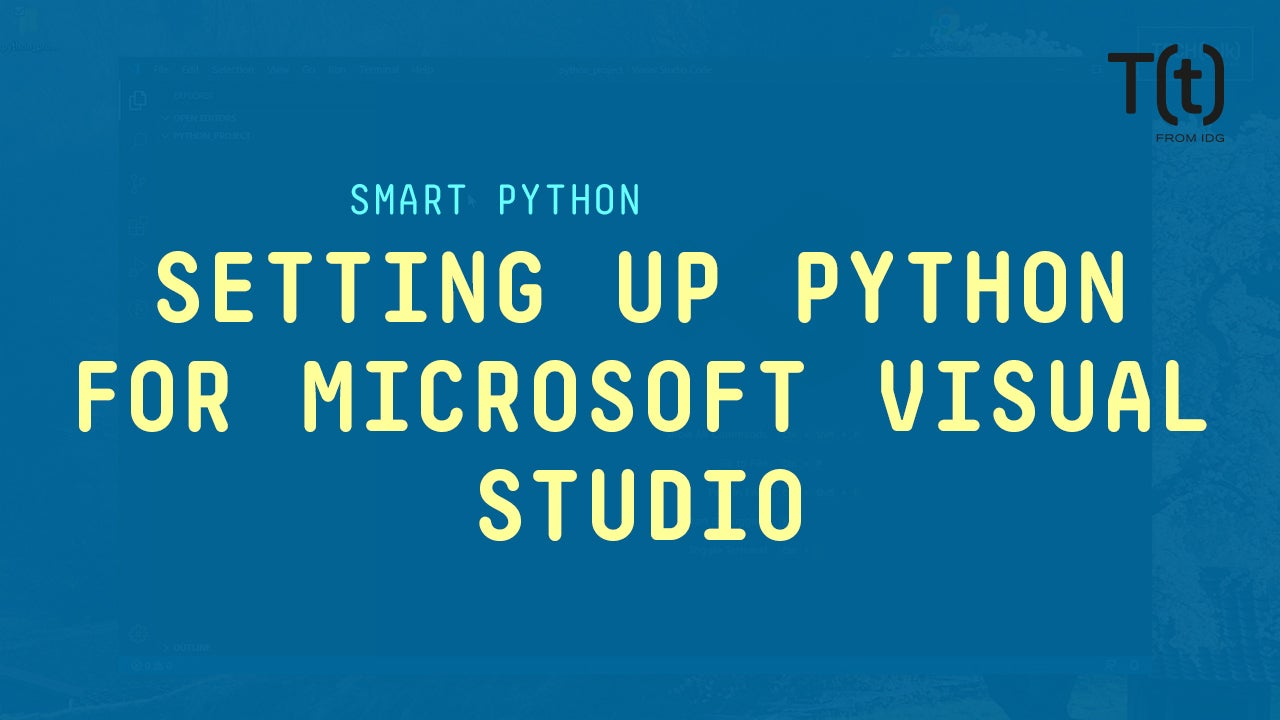
The editor can be extended via Extensions, available through a central repository. Remote Development extension also installs Remote – Containers, Remote – SSH, Remote – SSH: Editing Configuration Files, and Remote – WSL.Visual Studio Code (VS Code) is a free source-code editor made by Microsoft and is available for Windows, Linux and macOS.

On the search bar, type Python and install it.Click the extension icon or type Ctrl+Shift+X to open the extension windows.Pylance is optional but highly recommended, which provides fast and feature-rich language support for Python. VS Code has thousands of thousand extensions the Python and Remote Development extensions are the minima for Python development on Windows and remote platforms. Double click the downloaded binary, VSCodeUserSetup-圆4-1.52.1.exe, to install.When the tutorial is written, the latest version is 1.52. Since Windows 10 is the host VS Code runs in this tutorial, we need to install VS Code on the Windows host. The Python extension supports all of the linters above. venv for creating a virtual environment.Ubuntu 20.04 (for WSL and remote Linux)Ī typical Python development includes the virtual environment, linting, test, and debug.Visual Studio Code 1.52 with extensions.

The Python project has the following layout: This tutorial uses a simple Python project to demonstrates the VS Code setup for Python development on Windows 10, Windows Subsystem for Linux, remote Linux, and Raspbian on Raspberry Pi.

Step 3: Connect to the Remote Linux Host.Step 1: Install OpenSSH client on the Windows 10 Host.Setup Python Development Environment on Linux via SSH.Configure Linting, Type Checking, and more.Setup Python Development Environment on Windows.


 0 kommentar(er)
0 kommentar(er)
